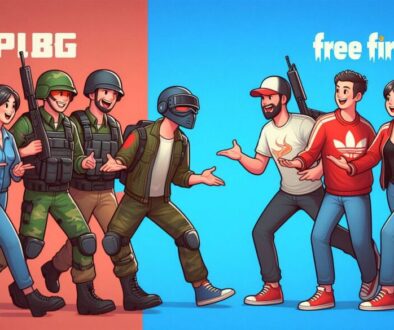Decoding NYT Connections:
The New York Times continues its reign over the word game world with its latest offering: NYT Connections. More than a word game, Connections is a daily puzzle. It is captivating puzzle fans. This article goes beyond the basics. It explores the game’s mechanics, strategies, and flaws. It also examines its place among word games.
How to Play: Unravelling the Connections
NYT Connections has a simple goal: group 16 random words into 4 categories of 4. Each group must share a common link. It’s easy to grasp but hard to master. The challenge lies in uncovering those hidden relationships, which aren’t always obvious. Here’s a breakdown of the gameplay:
- Identify the Threads: Your main task is to find the hidden links between the words. This might involve considering synonyms, antonyms, categories, functions, or even more abstract associations.
- Color-Coded Guidance: Each group is assigned a color indicating its difficulty – yellow being the easiest, progressing through green and blue, and culminating in the often perplexing purple category.
- Trial and Error (With Limits!): You have a limited number of errors – four, to be precise – before the game ends. Use these wisely as you experiment with different groupings.
- Strategic Shuffling: Utilize the shuffle button to rearrange the words on the board. A fresh perspective can often spark those “aha!” moments.
Strategic Insights: Navigating the Word Web
Mastering NYT Connections requires more than just a good vocabulary; it demands strategic thinking:
- Start Simple: Begin with the easier (yellow) categories to gain a foothold and potentially uncover clues for the more challenging groups.
- Look for the Outliers: Identify words that seem particularly difficult to connect. These outliers can often provide crucial hints for other groups.
- Don’t Overthink: Sometimes the most obvious connection is the correct one. Avoid overcomplicating matters with overly elaborate associations.
Beyond the Basics: A Critical Look
While undeniably engaging, NYT Connections has faced criticism, primarily concerning the ambiguity of some connections. Certain categories can feel tenuous, relying on obscure or overly specific knowledge. This occasional lack of clarity can lead to frustration, with solutions feeling more coincidental than earned.
Connections in Context: The Word Game Landscape
NYT Connections, while unique in its execution, shares similarities with other popular word games. Like Worlds, it offers a daily dose of mental stimulation and a sense of accomplishment upon finding the solutions. However, Connections distinguishes itself through its emphasis on broader word association and categorization, challenging players to think laterally and creatively.
Conclusion: A Cognitive Workout Disguised as a Game
Beyond its entertainment value, NYT Connections offers a stimulating cognitive workout. Regular play can enhance vocabulary, improve pattern recognition, and sharpen reasoning skills. While the occasional obscure connection might spark debate, it’s this very element of challenge that keeps players coming back for more. So, embrace the uncertainty, engage your word-sleuthing skills, and prepare to be captivated by the intricate world of NYT Connections.



